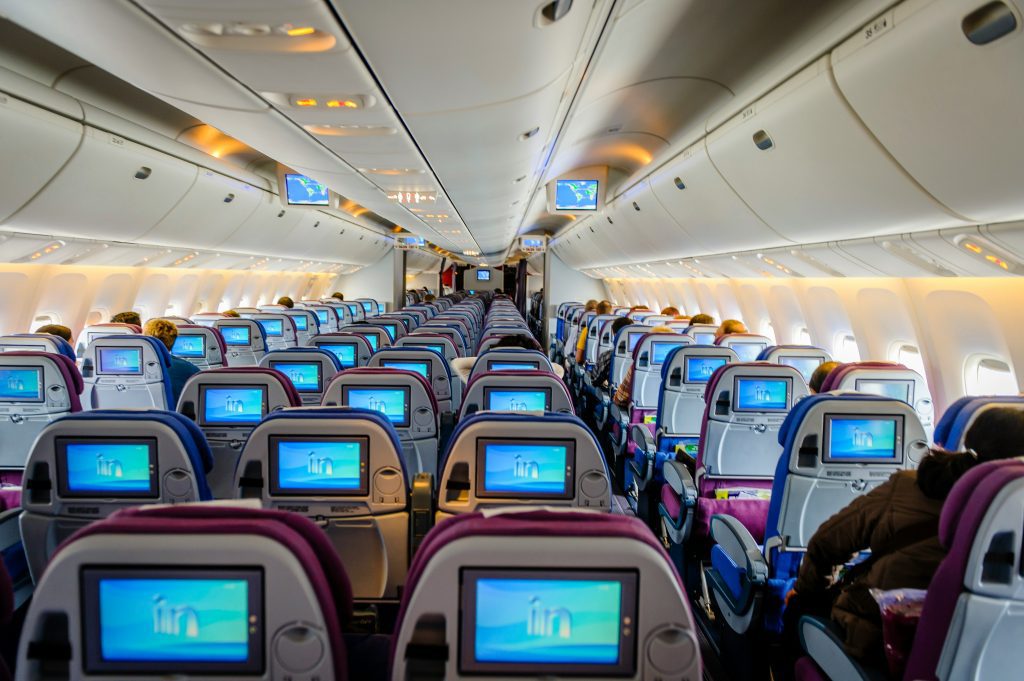Introduction
Imagine standing on a bustling street corner, surrounded by the sights and sounds of a city you’ve dreamed of visiting. This dream is far more attainable than many think, thanks to the myriad of ways to find cheap flights from the U.S. to anywhere in the world. The thrill of discovering a flight deal that seems too good to be true is unmatched, but it’s a feeling that requires a bit more than just luck to experience.
With the right strategies and a bit of know-how, the world’s wonders become significantly more accessible. This comprehensive guide is designed to arm you with the insider knowledge needed to uncover these deals, ensuring your travel dreams don’t remain just dreams.

Understanding Flight Pricing
To become adept at finding low-cost flights, a basic understanding of how airlines set their prices is crucial. The algorithms behind flight pricing are complex and take into account factors such as demand, competition, and timing. Here’s a breakdown:
- Demand: Flights to popular destinations during peak seasons (think spring break in Cancun or summer in Rome) are priced higher due to increased demand.
- Competition: Routes with more airlines competing tend to have lower prices. For example, flights to London from New York are often cheaper than flights to smaller cities in Europe due to the number of airlines flying that route.
- Timing: The time between your booking and departure, day of the week, and even the hour can affect pricing. Late-night and early-morning flights are often cheaper.
Seasons, holidays, and special events can drastically alter the price landscape, making flights more expensive when demand is high. However, there are always exceptions, and understanding these principles can help you spot anomalies or trends that could lead to savings.
Best Times to Book
Pinpointing the ideal moment to book can feel like trying to hit a moving target, but data from numerous travel studies offers some guidance:
- Domestic Flights: The general advice is to book 1 to 3 months in advance. Prices tend to be at their lowest during this window. However, for peak travel times like Thanksgiving, earlier is usually better.
- International Flights: Booking 2 to 8 months before your departure is typically recommended, with the best deals often found at the 5-month mark. This varies by destination, so it’s worth monitoring prices for your specific route.
While the myth that booking on a “Tuesday at midnight” will yield the best deals has been debunked, it is true that mid-week bookings often see lower prices compared to weekends. This is likely due to airlines releasing new fares early in the week, prompting competition among carriers to match or beat those prices.

Tools and Resources
The internet has democratized access to cheap flights, with a plethora of tools at your fingertips:
- Comparison Sites: Platforms like Kayak, Google Flights, and Skyscanner allow users to compare prices across different airlines, dates, and even destinations. These tools can provide a comprehensive view of your options, helping you make an informed decision.
- Price Alerts: Most comparison sites offer the option to set price alerts for specific routes and dates. This feature notifies you when prices drop, making it easier to book at the optimal time.
- Flexible Date Searches: If your travel dates are flexible, use the flexible date search feature found on many booking sites. This can reveal cheaper travel options that you might not have considered.
The effective use of these tools can significantly enhance your ability to find great deals, but it’s the combination of technology with savvy booking strategies that truly unlocks the deepest discounts.
Tips and Tricks
Beyond the basic use of tools and understanding of pricing, there are several nuanced strategies that can further increase your chances of landing cheap flights:
- Alternate Airports: Major cities often have multiple airports, and choosing to fly out of or into a less popular one can lead to substantial savings. For instance, flying into Oakland instead of San Francisco, or Gatwick instead of Heathrow, can be cheaper and may offer more flexible timing options.
- Hidden City Ticketing: This strategy involves booking a flight with at least one stopover and leaving at the stopover city, as it can sometimes be cheaper than booking a direct flight to that city. Be aware, though, that airlines generally frown upon this practice, and it comes with risks, such as not being able to check bags directly to the stopover destination.
- Off-Peak Travel: Flying during less popular times, such as shoulder seasons (the period between peak and off-peak seasons) or on weekdays (especially Tuesday through Thursday), can significantly reduce airfare costs. Additionally, flights at less convenient times, like early morning or late night, are often priced lower.
- Frequent Flyer Programs and Credit Card Points: Loyalty can pay off when it comes to flying. Signing up for airline frequent flyer programs and collecting miles can lead to discounted or free flights. Similarly, many credit cards offer travel rewards that can be redeemed for flights, sometimes offering bonus points for signing up or spending certain amounts within a set time frame.

Real-Life Strategies
Incorporating real-life success stories can illustrate the effectiveness of these strategies:
- Case Study 1: Sarah, a savvy traveler from Chicago, monitors flight prices to Tokyo for several months using Google Flights. By setting a price alert, she is notified of a sudden price drop and books a round-trip ticket for $600 less than the average price she had seen.
- Case Study 2: John, living in Los Angeles, opts to fly out of Long Beach Airport instead of LAX for his trip to Portland. This decision saves him $200, and he finds the smaller airport more convenient and less crowded.
- Community Tips: Engaging with online communities of travel enthusiasts, such as forums on Reddit or FlyerTalk, can uncover unique tips and timely deals shared by other travelers. These platforms often have threads dedicated to deal alerts and travel hacking strategies.
Looking Ahead: The Future of Cheap Travel
As technology advances and the travel industry evolves, new opportunities for finding cheap flights are emerging. From AI-powered apps that predict price changes to blockchain technology enabling more transparent pricing, the future holds exciting possibilities for travelers. Staying informed and adaptable will be key to taking advantage of these innovations.
Conclusion
The pursuit of cheap flights requires a mix of knowledge, flexibility, and a willingness to employ creative strategies. By understanding the nuances of airline pricing, leveraging the right tools, and staying informed about industry trends, affordable travel is within reach. Whether you’re planning a domestic getaway or an international expedition, the world is full of destinations waiting to be explored cost-effectively. So, pack your bags, apply these insights, and embark on your next adventure without letting airfare costs keep you grounded.



